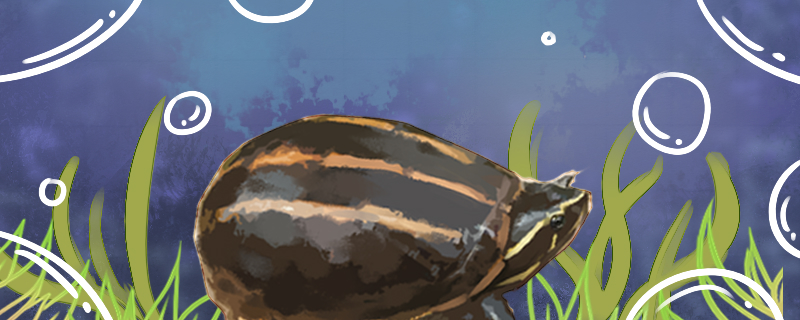
The nut-pit turtle is a benthic turtle that often stays on the sediment at the bottom of the water. Most of them live in deeper water and can be said to be a kind of deep water turtle. Wild deep water turtles are mainly distributed in North America. In some lakes and rivers with slow water flow, there are often fruit stone turtles.
Tortoises can also be raised in captivity. In the process of aquaculture, we need to pay attention to the problem of water level. The stone turtle belongs to the deep water turtle, and can naturally live in deep water when it is raised in captivity. However, they need special attention when they are in the juvenile stage. This is a special period, their water is not very good, and their hands and feet are relatively short, if they live in too deep water, they are easy to drown. Therefore, it is better to use slightly shallow water at this stage.
As mentioned above, the stone turtle is a deep water turtle, but the water level needs to be adjusted according to the different stages of their growth. When the Pyrenees are young, they are raised in shallow water, usually just above their carapace. As they grow up, their size will gradually increase, at this time can let the water level gradually rise, can be adjusted at any time. After the stone turtle has grown up, it can be raised in deep water. Specifically, it is possible to maintain the water level at 2 or 3 times the height of the carapace. There is no need to be particularly high, otherwise it will be more troublesome in the process of breeding, and the requirements for containers are relatively high. In addition, you can't let the stone turtle stay in deep water all the time, you can put stones or sunbeds in the container for them to climb up and rest.